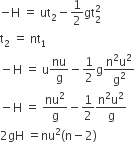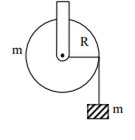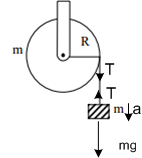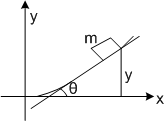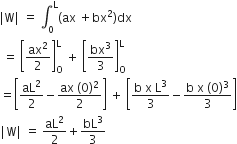From the tower of height H, a particle is thrown vertically upwards with a speed u. The time taken by the particle to hit the ground is n times that taken by it to reach the highest point of its path. The relation between H,u and n is
-
2gH = n2u2
-
gH = (n-2)2u2
-
2gH = nu2(n-2)2u2
-
gH = (n-2)2u2
C.
2gH = nu2(n-2)2u2
Time is taken to reach the maximum height t1 = u/g
If t2 is the time taken to hit the ground,
i.e, 